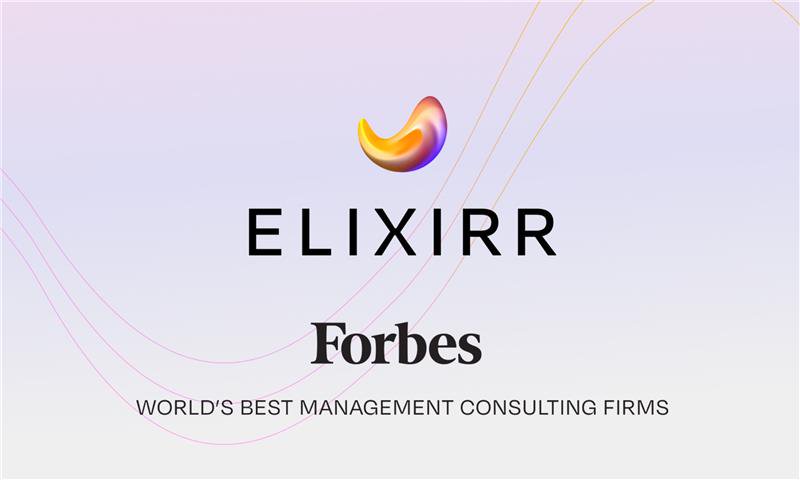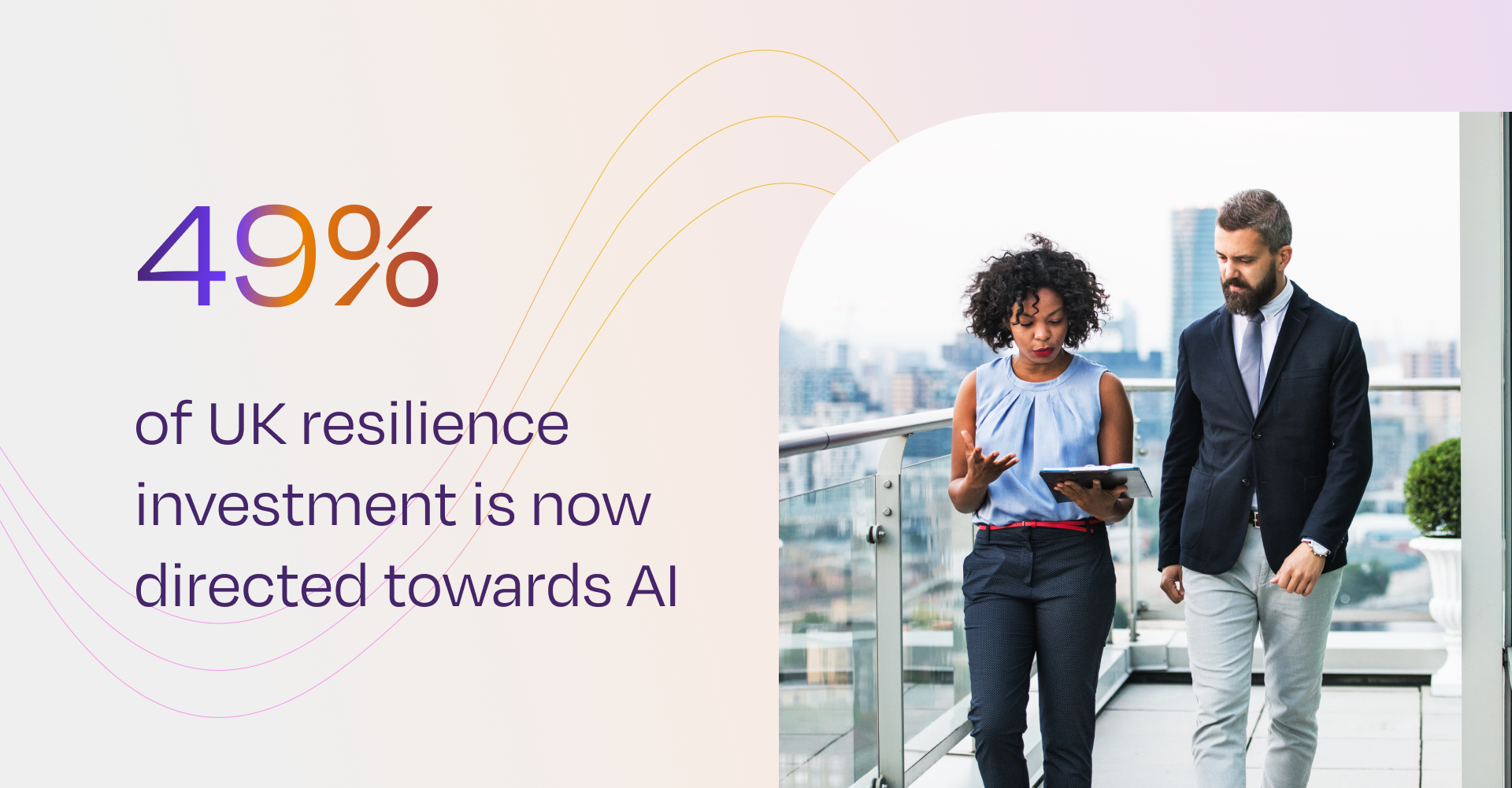Articles
Why velocity without execution is failure

Innovation is having a moment. And AI is the accelerant.
Earlier this year, researchers at MIT unveiled two novel antibiotics designed not by chemists, but by artificial intelligence. In a matter of days, the models evaluated 36 million molecular structures and generated compounds potent enough to kill drug-resistant diseases and MRSA. What once required years of hit-and-miss searching in vast chemical libraries was compressed into a creative act of atom-level invention.
It’s a stunning achievement. But it’s also a signal flare for a deeper truth: discovery is no longer the bottleneck. AI is industrialising creativity. Batteries are being designed in simulation before a single prototype hits the floor. Banks are generating investment strategies in minutes instead of months. Energy companies are modelling renewable output with breathtaking precision.
If ideas are cheaper and faster to produce than ever before, then what actually separates winners from the rest? Not invention. Not imagination. Not even AI itself. It’s delivery.
The hard part of innovation isn’t the spark. It’s everything that happens after.
Innovation is fast. The enterprise is not.
AI is pushing the frontier of possibility at a velocity that legacy structures simply aren’t built for. Healthcare is the clearest example. MIT’s breakthrough may change the course of antimicrobial resistance, but getting those compounds from lab to patient requires clinical trials, regulatory navigation, manufacturing scale-up, and commercial pathways that routinely stretch a decade or more.
Decades of work across healthcare, biopharma, and hospital systems reveal the same pattern: the barriers aren’t scientific; they’re organisational. Fragmented decision-rights, sluggish cross-functional handoffs, cultural caution, and misalignment between R&D, clinical teams, regulatory, and market access. In medical centres, throughput suffers not because clinicians lack expertise, but because governance and workflows weren’t built for the complexity of modern care.
AI can accelerate discovery. But unless the enterprise can move with equal speed, the breakthrough stalls somewhere between the whiteboard and the world.
The delivery gap is now the competitive gap
Across industries, the same dynamic holds. Automakers design astonishing EV concepts, but supply chain constraints and infrastructure gaps grind execution to a crawl. Financial institutions experiment with AI-generated products, but legacy systems, compliance needs, and cultural risk aversion slow adoption. Energy firms model renewable potential with remarkable fidelity, yet grid constraints prevent real-time deployment.
Ideas aren’t scarce. Capacity to deliver is. And that is a strategic problem.
Successful organisations are beginning to redesign the way work gets done. In healthcare, leaders are collapsing linear processes into simultaneous workstreams: discovery, translational research, clinical development, regulatory, and market access engaging in parallel instead of in sequence. In automotive and energy, companies are reconfiguring supply networks, governance structures, and escalation pathways to match the pace of digital modelling.
What these organisations understand is simple: AI changes the speed of discovery, which means leaders must change the speed of decision-making.
Execution is no longer downstream of innovation. It is the determining variable in whether innovation matters at all.
Execution: The invisible variable in AI success
Most AI initiatives don’t fail because the models are insufficient. They fail because organisations cannot integrate them; accountability is unclear, priorities compete, and functions work at cross-purposes. Cultural norms favour caution over experimentation. Leaders approve the AI strategy, then unknowingly maintain the operating model that prevents it from succeeding.
This is where experience in transformation, healthcare delivery, and biopharma execution becomes decisive. We’ve seen cycle times shrink dramatically when cross-functional teams have the governance, alignment, and decision-rights required to move together. We’ve seen hospital systems reduce burnout and improve patient flow by redesigning workflows and leadership behaviours rather than adding more tools. We’ve helped pharma remove friction between R&D, clinical, regulatory, and commercial teams so discoveries don’t die in development committees.
Technology doesn’t create execution. Leaders do.
When the system changes, performance follows
The organisations thriving in today’s environment are the ones willing to rethink not just products, but operating models. They challenge historical pathways. They align around shared outcomes. They build governance systems that favour responsiveness. They treat culture as a performance lever, not a soft variable.
And they recognise that external partners are most valuable not when they deliver a tool, but when they build the capability to sustain momentum.
Our approach is rooted in this belief. Hybrid teams work shoulder-to-shoulder with clients to redesign operating models, eliminate friction, establish decision clarity, and create the leadership behaviours necessary for enterprise-wide responsiveness. The goal isn’t dependency. It’s durability. Innovation means nothing if the organisation cannot reliably turn intent into action and action into measurable results.
The future: Discovery everywhere. Delivery defines the winners.
AI is expanding the frontier on every axis. New medicines. New models of care. New materials. New financial strategies. New energy systems. The next decade will be overflowing with breakthroughs.
But success will not belong to the companies with the most innovative ideas. It will belong to the ones that can deliver them.
Those that can align people, culture, and systems behind a new operating rhythm. Those that can execute across boundaries. Those that can turn accelerated discovery into accelerated performance.
Innovation begins the conversation. Execution finishes it.
And in a world shaped by AI, the winners will be the ones who can do both at the speed of change.

















